What is a recessed accent light
Recessed accent lights are directional lighting systems that are used for focal illumination. Lighting is a creative tool beloved by architects and interior designers who crave to set up an engaging environment. In commercial showrooms, retail stores, museums and galleries, lighting is often composed in layers: ambient (general) lighting provides orientation and sets the general tone of the space; task lighting illuminates an area for a specific task; accent lighting creates visual interest. Combining and balancing these layers of light creates a more attractive, exiting and inviting space. In interior spaces where the focal points are artwork, merchandise or architectural features, lighting design should be prioritized to create a hierarchy of importance so that the focal points can be fully appreciated.
What is accent lighting
Accent lighting is the key layer of light that is used to enhance the prominence and attractiveness of a focal point. It highlights and thereby draws visual attention to objects such as paintings, photos, products, or sculpture, or attracts attention to a particular area. Accent lighting creates drama through luminance contrast between ambient and accent lighting. It directs concentrated beams of light to emphasize the texture, shape, finish and color of a displayed object, allowing it to be seen at its very best. By throwing flattering light on the points of interest, the attributes of the product or art piece on display are elevated and people become drawn to the defined focal point. To heighten the sense of drama with accent lighting, the contrast ratio of accent lighting to its surroundings (or ambient lighting) should be 3:1 or greater. Dark items, smaller objects and feature displays may require a higher ratio to bring out detail and create a significant visual effect.
Light distribution characteristics
Recessed accent lights create visual impact by providing a controlled beam of light. These luminaries can be classified two groups by their light distribution: spotlights and floodlights. Recessed spotlights produce beams in very narrow spot (2°-5°), narrow spot (6°-9°), and spot (10°-15°) options. Recessed floodlights are typically classified as narrow floods (20°-25°), floods (30°-40°), and wide floods (55°-60°). Selection of beam patterns is based on target size and distance. Tight beam control will help to provide appropriate emphasis. Concentrated accent lighting that is integrated into the architecture of the space can be accomplished with recessed downlights with fixed beam angles or recessed adjustable luminaires. Recessed adjustables provide aiming adjustability of 30 to 45 degrees from the vertical and up to 360 degrees of rotation about the vertical.
Beam performance
The lure of tremendous energy savings, extremely long service life, excellent controllability combined with the directional light output from a small solid state device makes LEDs an obvious choice of light source for directional lighting systems. The shape of beam and distribution of illuminance are a very important consideration in directional lighting applications. Accent lighting is especially challenged with delivering uniform beams with the highest punch possible. The use of chip-on-board (COB) and high-power LED packages enables the creation of beams with high levels of uniformity and intense center beam candlepower (CBCP). COB LEDs, in particular, have undergone a proliferation in directional lighting applications. These integrated LED arrays are capable of creating tight, clean and punchy beams with minimal variation of color within the beam of light. COB LEDs are often used in combination with total internal reflection (TIR) optics which can create very tight beams with FWHM divergence as small as 3 degrees.
Color reproduction
In accent lighting applications, the overriding consideration is to achieve accurate visual access to the display. The color appearance and color rendering performance of a light source will dramatically affect how the objects on display will appear. Both color characteristics of a light source are determined by the amount of radiant energy distributed at the various wavelengths of the visible spectrum. By its very nature, an LED chip (bare LED die) is a nearly monochromatic light sources that appear to emit light having a single color. To create white light, a system of phosphors is pumped by a short wavelength LED to create a broadened spectral power distribution (SPD). To achieve excellent color rendering, the SPD of a phosphor-converted LED must exhibit a continuous spectrum of light that has a sufficient amount of energy at each wavelength.
Museum, gallery and retail display lighting is deemed of high color quality and demands a general color rendering index in excess of 90 as well as a high Ri value for six saturated color samples (R9 to R14). In professional applications, however, because of the inherent limit of the CRI system a more sophisticated color quality evaluation system such as the TM-30 is used. The most common white LEDs today employ blue LED chips to pump an organic polymer containing a yellow phosphor which has a reputed high quantum efficiency. White LED light can also be produced by ultraviolet LED chips which pump a system of red, green and blue phosphors. UV- or violet-pump LEDs produce white light with super color rendering, but are usually less efficient than blue-pump LEDs.
Color temperature
Recessed accent lights are supplied in warm white, neutral white, and cool white color temperature options ranging from 2700K to 5000K. The chromaticity (warmth or coolness) of a light source affects the pleasantness of a space, subjective interpretation of brightness, appearance of the accentuated objects, and human physiological functions. Warm white light exudes a sense of comfort and makes a space appear more intimate. Cool white light keeps people alert and motivated. Light lends a tone to the object being illuminated by a light source. The color temperature of a light source is selected for a purpose, be it aesthetical, physiological, or psychological. It should be noted photons of short wavelength can cause higher damage to light-sensitive materials.
Accent lights with a cool white light source should not be used in museums and galleries because the light source contains a high percentage short wavelength blue light. To counter color variability from fixture to fixture and ensure lighting installations with high color consistency, the LEDs incorporated in all fixtures of an installation must be binned post-production based on chromaticity.
Light engine
A recessed LED spotlight or floodlight typically features an LED light engine that can be installed into a new construction or remodel housing, or designed for retrofit applications. The LED package or array is mounted to an extruded or die cast aluminum heat sink which simultaneously serves as the light source housing. The heat sink as well as the thermal path must have a thermal transfer rate (conduction and convection) that outpace the load rate so as to prevent a buildup of heat within the semiconductor packages. Excellent heat transfer capability and tight drive current regulation combine to keep LED junction temperature under control, which is critical to the light source’s color stability and lumen maintenance.
The light engine is operated by a constant current LED driver which is typically designed as a switch mode power supply (SMPS). In addition to delivering optimal line and load regulation, the LED driver may be required to have excellent dimming compatibility with various control circuits such as phase cutting dimmers, 0-10V or DALI dimming systems.

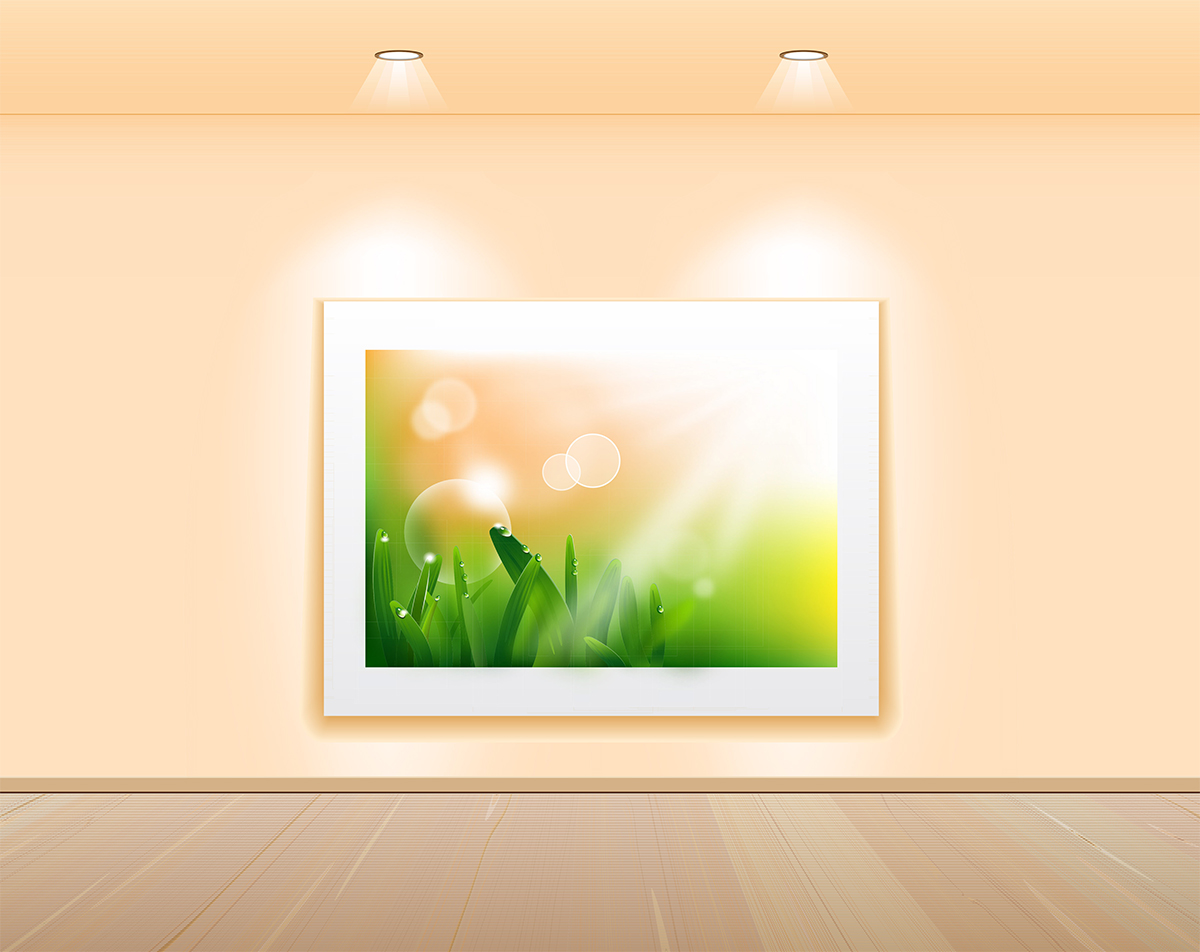
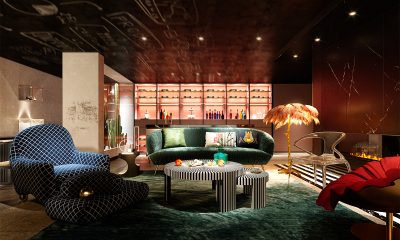
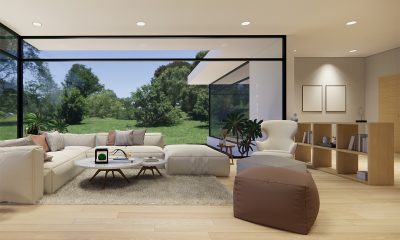
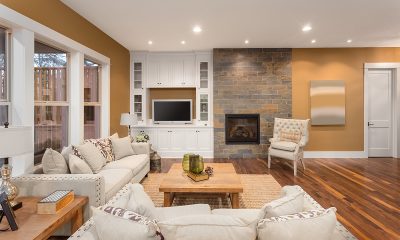
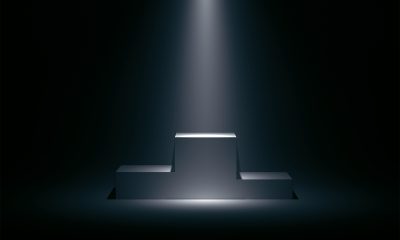
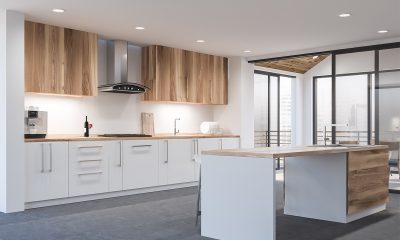

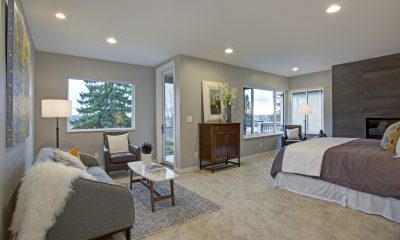
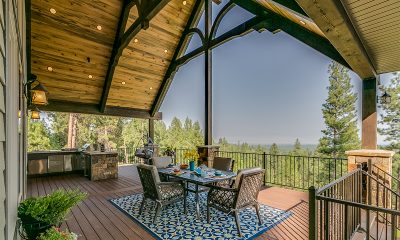
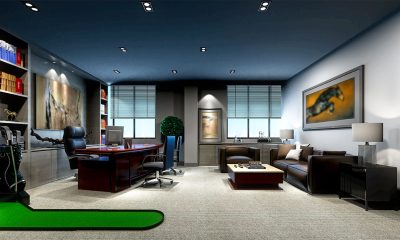








Loading...